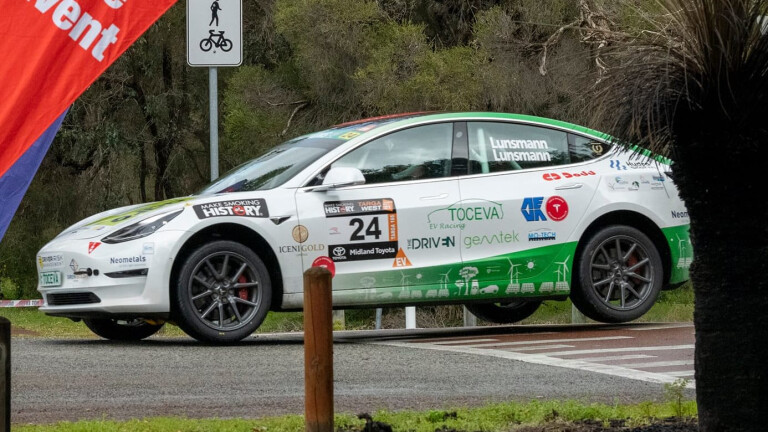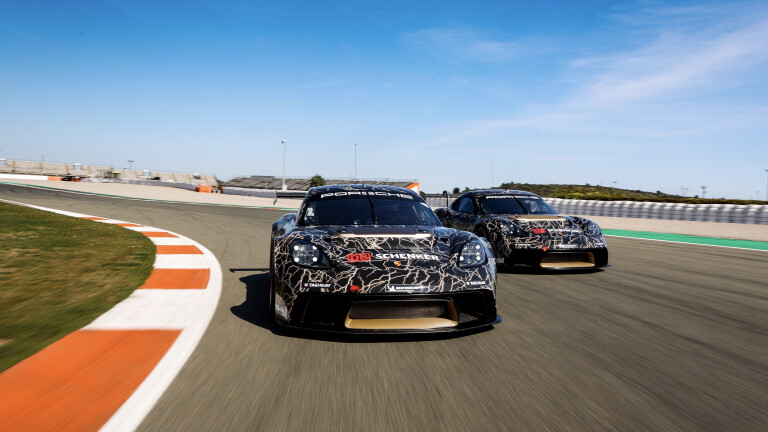
Motorsport Australia, the national governing body of motorsport events, has released its electric vehicle regulations to prepare its competitors and officials for electrified cars on track.
Australia's Federation Internationale de l'Automobile-affiliate is supportive of electric vehicles at its events – whether they are a conventional hybrid, a plug-in hybrid or a fully-electric vehicle – with the latest regulations aimed at making motorsport safer for all involved.
Where fire and burns are a common risk in conventional cars, EVs run the added risk of giving those who come into contact with them an electric shock if the power source isn't properly grounded.

To combat this, Motorsport Australia has mandated the use of specific personal protective equipment (PPE) to ensure those involved in events are better protected in the case of a shock.
Pit paddocks and medical crews will start to carry high voltage rescue hooks – designed to pull people away from cars if they've been temporarily paralysed by an electric shock – while venues need to provide a water bath or have a high volume water supply available to reduce cell thermal runaway if batteries overheat.
Dedicated competition EVs are required to be fitted with an emergency stop switch (ESS) to isolate the general circuit breaker and high voltage components of a car, although this doesn't apply to unmodified road cars.
Status indicators will also become the norm on EVs and battery-equipped vehicles, with Motorsport Australia borrowing a similar system to Formula 1, Formula E and the World Rally Championship where a red or green light will be illuminated to show whether the vehicle is safe to touch or not.

Motorsport Australia's director of motorsport, Michael Smith, believes the regulations are an important step in allowing EVs to compete in local events.
“Whether it be international, national or grassroots events, there is a clear indication from manufacturers that electric vehicles are going to be a big part of our future, both in every day driving and in turn, we will see more electric vehicles in motorsport,” Smith said.
“Motorsport Australia is well aware of the importance of being ready to welcome those electric vehicles, which present different safety and technical requirements to the traditional internal combustion engine.
“These regulations are a starting point for those wishing to have electric vehicles be part of their event and highlight specific requirements for competitors, officials and event organisers.

“This is just a small step on the journey and from the Board down we are committed to ensuring we focus on making sure our sport is sustainable, safe and keeping up with current trends.
“We also know that traditional petrol engines have a future in our sport and will continue to be part of our events for many years to come.”
Just like fully-fledged race cars, Motorsport Australia will require series production EVs to hold an MA Log Book, with the ultimate aim of gathering more data for incident management and assisting venues in understanding what facility upgrades may be required.
Motorsport Australia has listed the Electric Vehicle Appendix on its website, along with a list of frequently asked questions, for anyone wanting to know more about the regulations.

COMMENTS